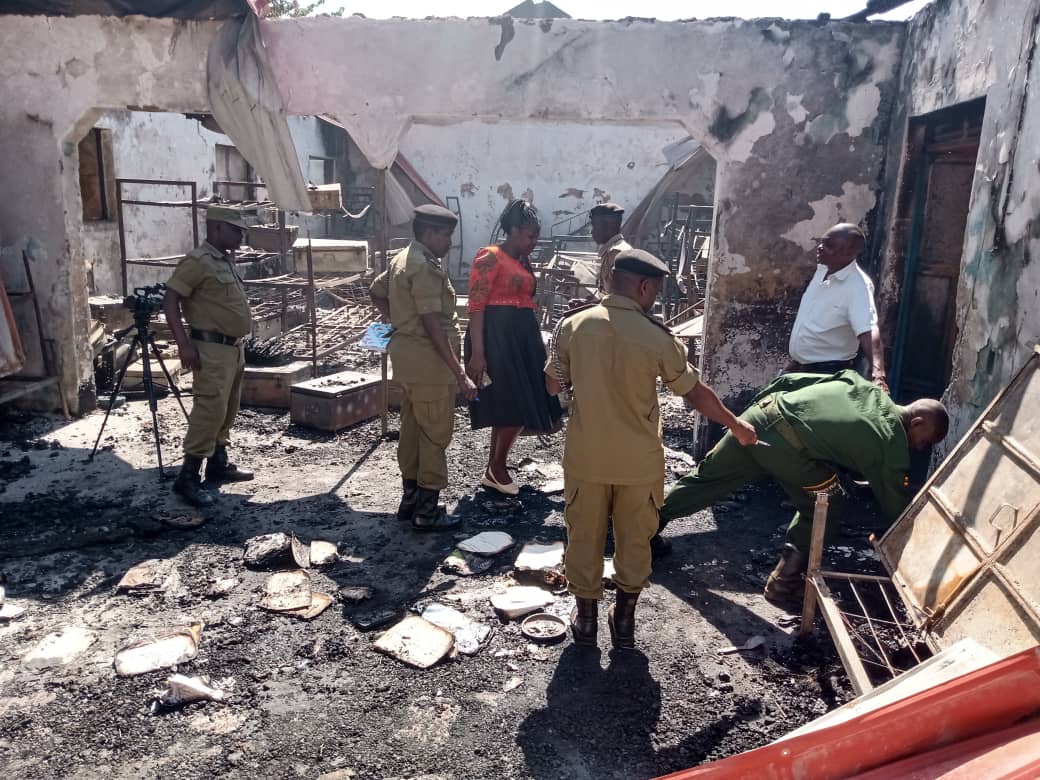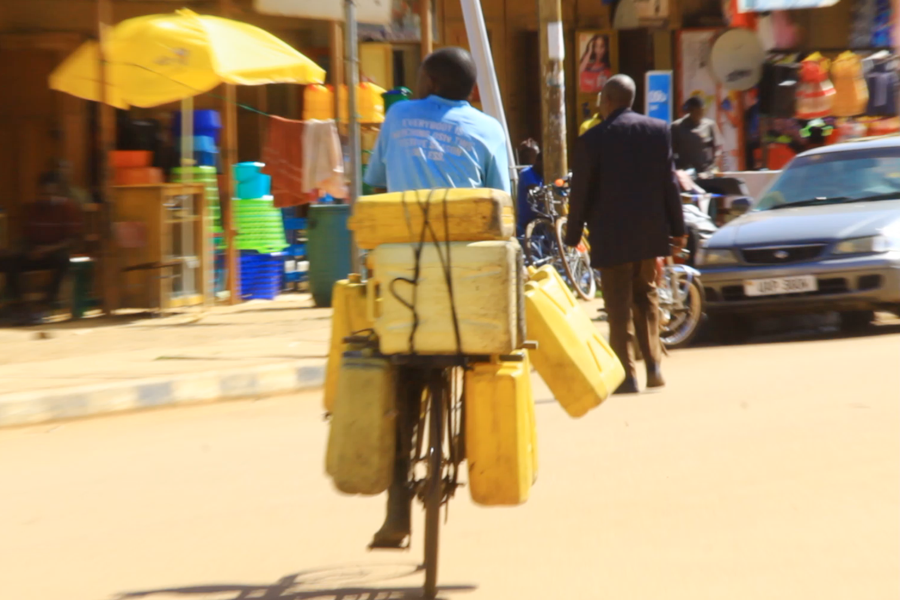Misconception and truths about Oluwumu skin disease
Peter, a fast rising corporate worker, started to feel misplaced at work, among his friends and embarrassed a few months back when he started manifesting flaky like patchy scales on his neck.
“My friends and colleagues started laughing at me and openly telling me how I must be a really dirty guy who doesn’t shower while those who weren’t bold enough took to back biting me about the patches increasing on my neck,” he said.
Peter's condition is quite common among young adults in the tropics according to dermatologist Dr. Ronald Katureebe.
Research conducted in Malawi shows Tinea versicolour commonly referred to as Oluwumu occurs in at least 20% of all young adults. This simply means for every 5 adults you meet, one of them is likely to be suffering from this condition or has had it before. It is common in the tropics because the yeast that causes it thrives in warm temperatures.
How does it come about?
Dr. Katurebe says that Tinea Versicolor or Oluwumu is a self (endogenous) opportunistic disease given the yeast that causes it known as Mallasezia is part of the body’s normal flora. “It is part of the various micro organisms living on our skins normally minus causing any disease.”
However in certain conditions this yeast will over multiply causing a break out of the disease on the skin.
What may cause one to get it?
If one comes from a family with history of this condition, they are genetically predisposed to getting it at one point.
People with sensitive skin according to Dr. Katureebe often suffer from this disease too.
When one is overly stressed, there is an increased chance they will catch the disease.
During hot and humid weather conditions the incidences of people catching this disease also increase.
If you are engaged in sports activities or regular and intense gym works which generate a lot of heat and sweat, there is a high chance you will suffer from Tinea versicolor commonly known as Oluwumu.
Signs and Symptoms of the disease
It usually manifests with small patches that are scally, they join together in some cases and together they become bigger and cover larger areas.
These patches are usually not itchy except in hot weather Dr. Katureebe notes.
The signs mainly show up on the chest, back, upper arms and neck area.
For young children the patches can manifest in the face even in rare cases among adults.
During healing, light marks may be left on the skin where the infection was. This is scientifically referred to as hypo Pigmentation.
Complications
The disease manifests no major complications or is largely benign (doesn’t cause severe pain or kill).
However it comes with a lot of stigma and personal discomfort that may result into stress even depression for some.
“Besides being looked at as dirty or unhygienic, one may find it hard to indulge in hobbies like swimming which require clothes to go off and expose the back which is most affected” says Peter who has experienced it.
He says the condition lowers one’s self esteem and confidence. You find it hard to approach the opposite sex for a relationship for fear of rejection because of the condition.
Management and Treatment
When it comes to treatment, it is important to note that the disease is not curable according to Dr. Katureebe given the yeast that causes it lives on our skin. One can only hope to keep the infection at bay with treatment.
If conditions are favourable, the condition may return, which is what the medication works to prevent. In a lucky few, the condition may disappear for good and never return.
In the meantime topical creams and oral antifungals are prescribed to help clear the yeast.
Longer term management using specialist antifungal shampoos and soaps as prescribed by a dermatologist can also be used to suppress it.
Those suffering from the disease are advised to manage stress better to keep the sickness at bay and also avoid getting into sweaty conditions that give the disease room to thrive.
However it remains important to see a dermatologist to give you a proper diagnosis and prescription according to Dr. Ronald Katureebe, lead consultant at Kampala Dermatology clinic.
And in severe cases he says treatment can go on for long periods so trying to self prescribe is likely to be very detrimental to one's progress if they have this disease.
Debunking the Myths
First and foremost Dr. Katureebe emphasizes that this sickness has nothing to do with poor hygiene or not bathing.
Secondly many people mistake Tinea versicolor or Oluwumu for ringworm referring to it as the later which is wrong because ringworm is a totally different skin disease from it.
The disease is neither transmittable or infectious given its causing agents occur naturally on our skins. As a result Dr. Katureebe says there is no reason to isolate, discriminate or ostracize those suffering from this condition.
Brake fluid is not a cure or remedy for it although it is commonly used among the ordinary people. “There is no scientific evidence whatsoever linking brake fluid to relieving or curing Oluwumu.” It may instead cause other complications to the skin.
Email:michaelkanaabi@gmail.com
Twitter: @michaelkanaabi
WhatsApp: +256701133509













